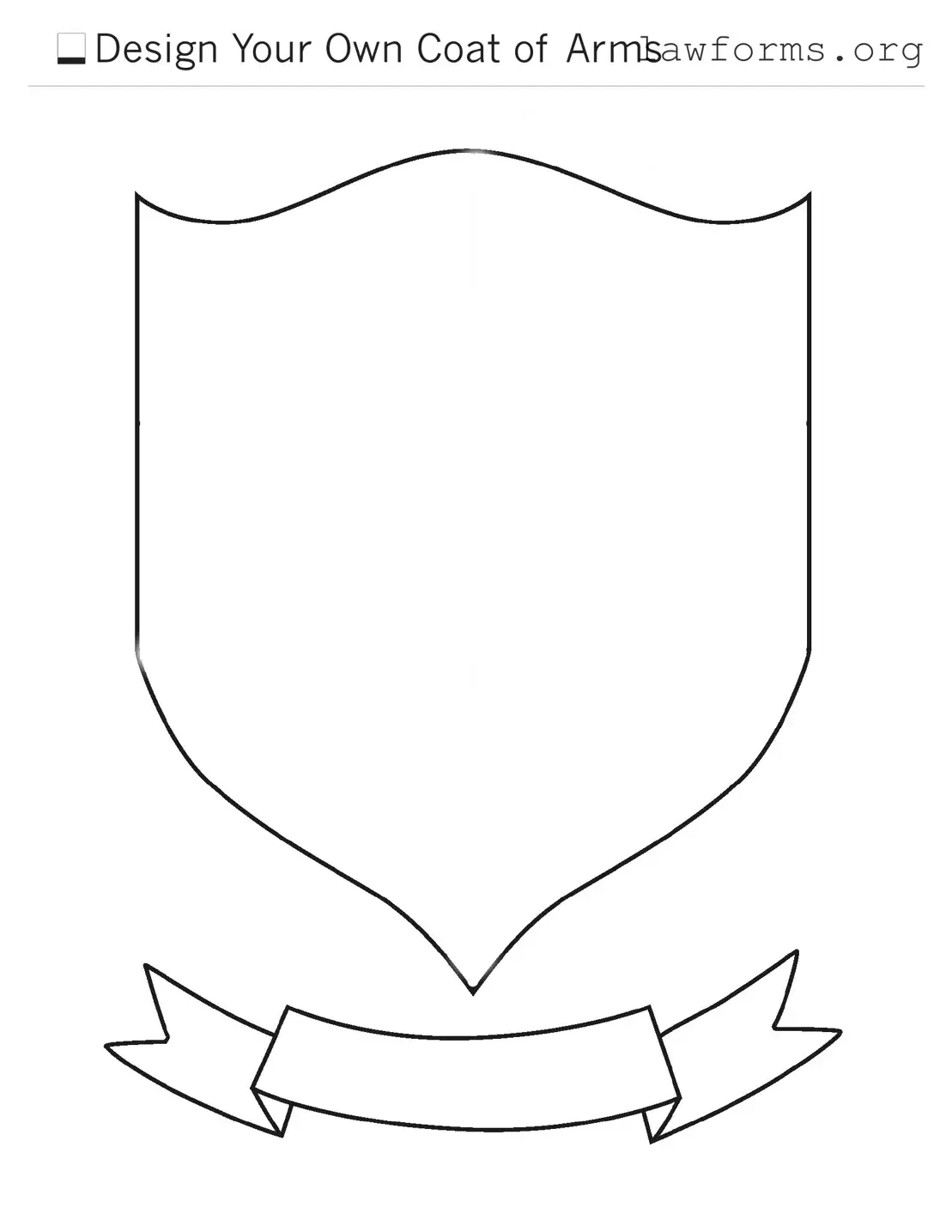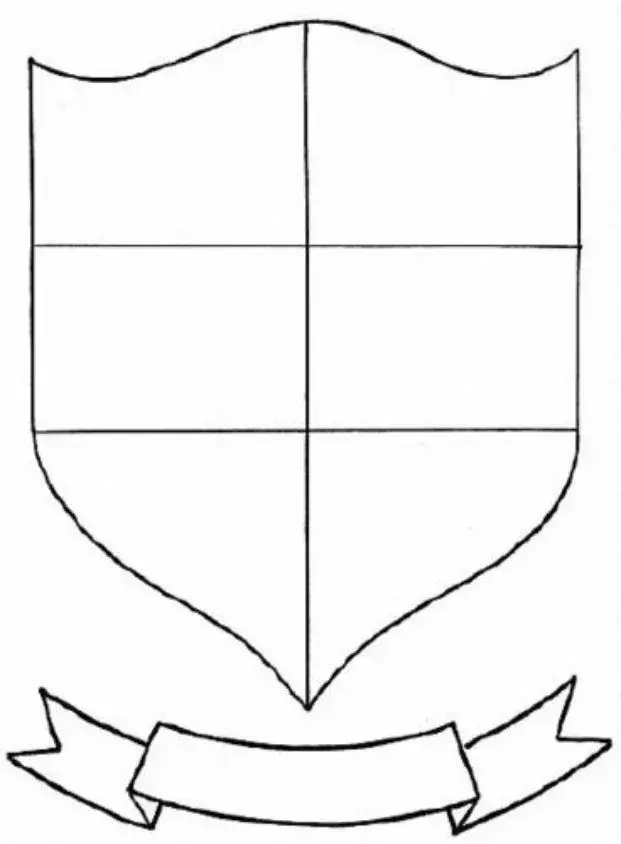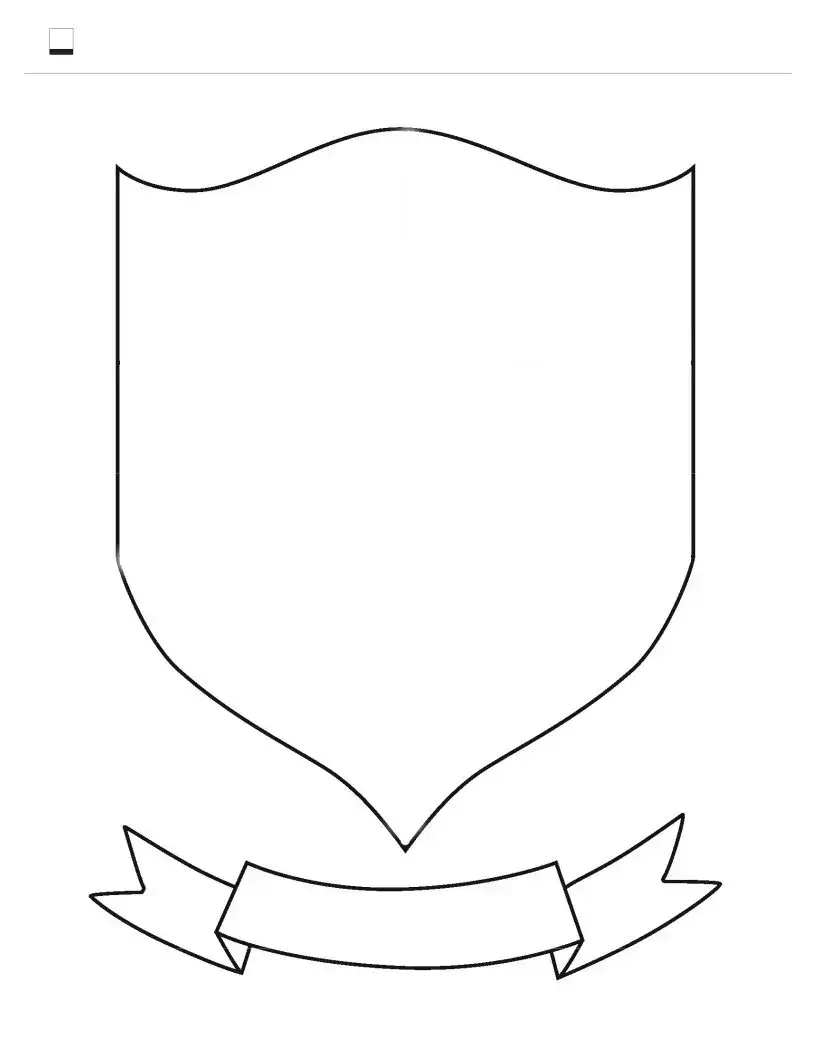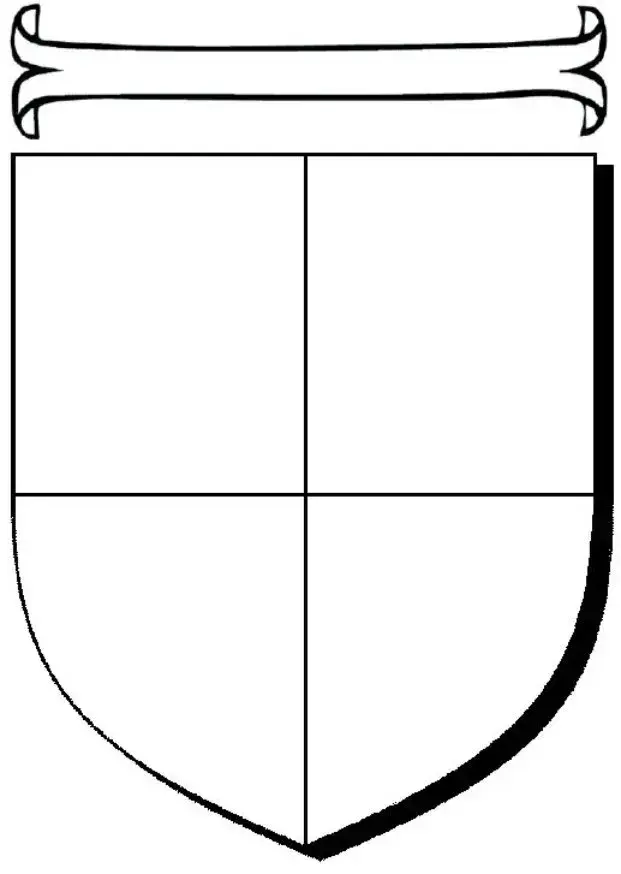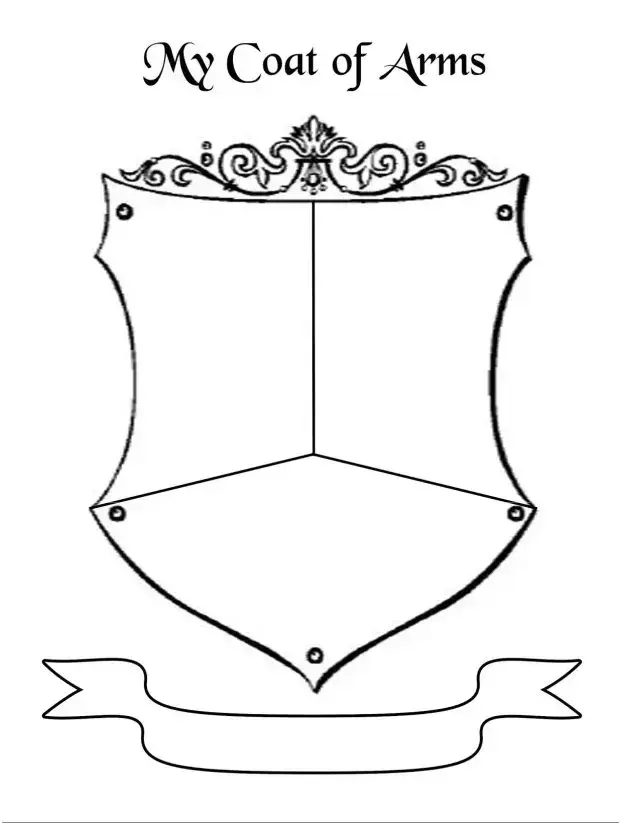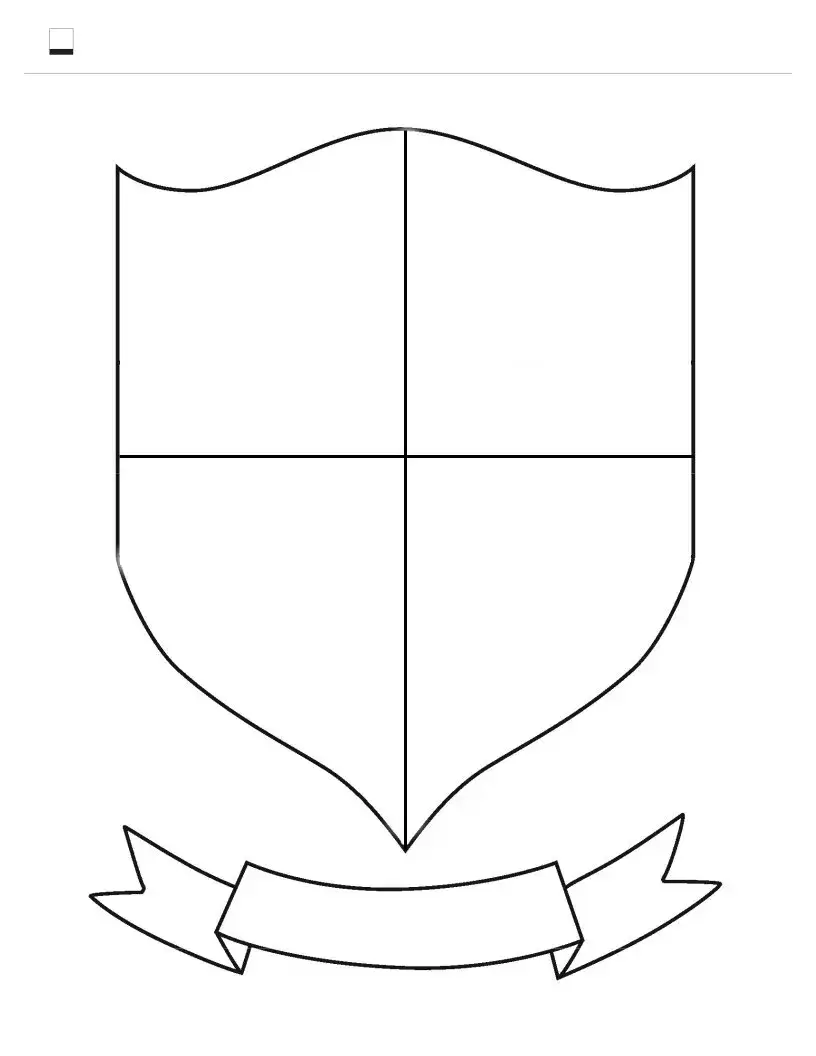Fill Out a Valid Coat Of Arms Template
The Coat of Arms form is a document used to request the creation or registration of a family coat of arms, which symbolizes heritage and lineage. This form allows individuals to formally express their desire to establish a unique emblem that represents their family’s history and values. Ready to create your own coat of arms? Click the button below to fill out the form.
Customize Document Online
